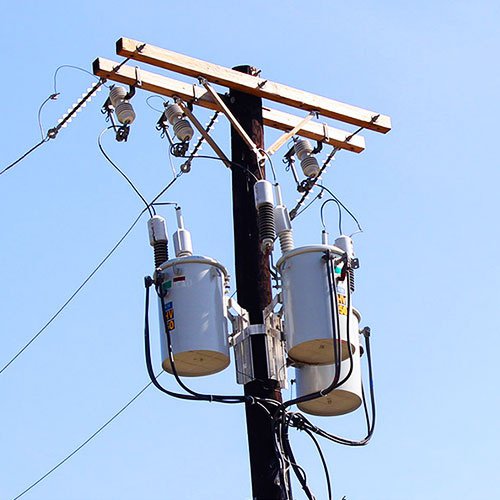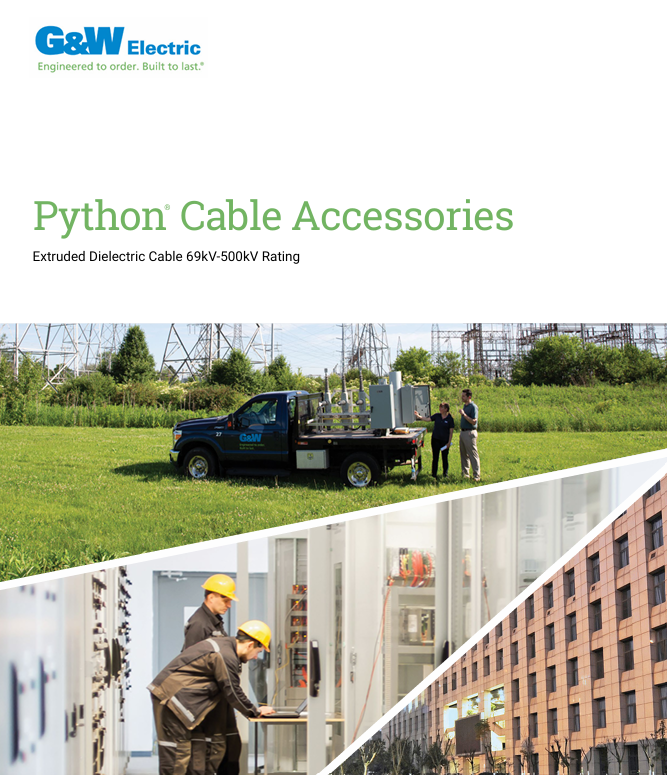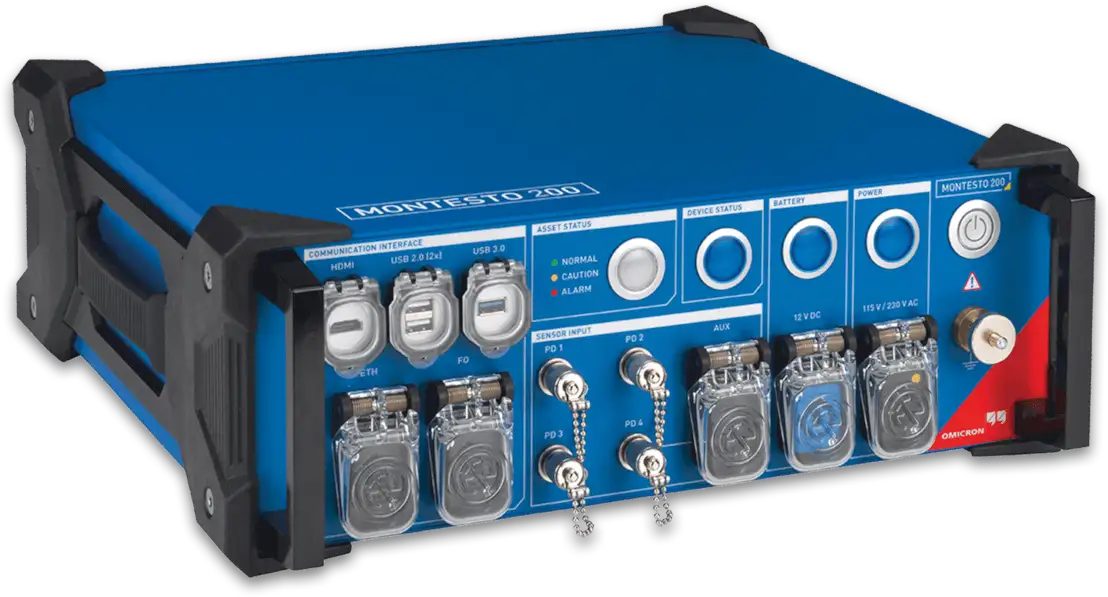Arc Flash Risk Assessment for Reducing Risk
By R.W. Hurst, Editor
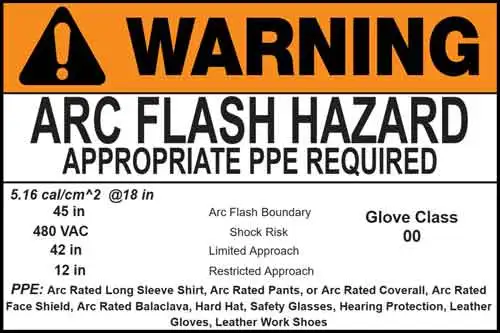
NFPA 70e Training - Arc Flash
Our customized live online or in‑person group training can be delivered to your staff at your location.

- Live Online
- 6 hours Instructor-led
- Group Training Available
Download Our OSHA 4474 Fact Sheet – Establishing Boundaries Around Arc Flash Hazards
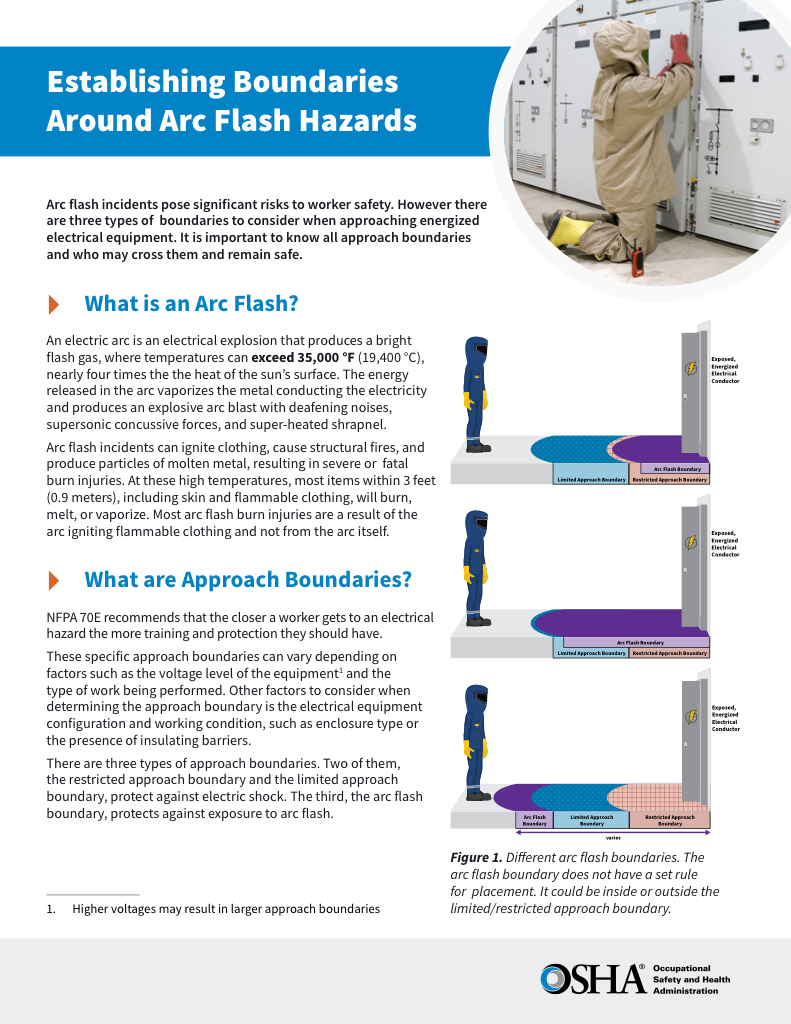
- Understand the difference between arc flash and electric shock boundaries
- Learn who may cross each boundary and under what conditions
- Apply voltage-based rules for safer approach distances
Arc flash risk assessment identifies electrical hazards, performs incident energy evaluation, and defines PPE boundary distances to ensure worker safety, NFPA 70E compliance, and effective PPE selection, preventing injuries in industrial and commercial electrical systems.
What is an Arc Flash Risk Assessment?
Arc flash risk assessment is a critical process used to identify electrical hazards, evaluate incident energy levels, and establish safe working boundaries.
✅ Determines incident energy levels and required PPE for worker protection
✅ Defines arc flash boundaries for safe working distances
✅ Ensures compliance with NFPA 70E and OSHA standards
By analyzing fault current, arc duration, and equipment conditions, facilities can reduce exposure to high-energy events and ensure compliance with NFPA 70E and OSHA regulations. This essential safety practice supports hazard mitigation, PPE selection, and overall electrical risk management.
Request a Free Training Quotation
What Is Involved in an Arc Flash Risk Assessment?
The arc flash risk assessment process is a comprehensive approach to identifying, analyzing, and mitigating electrical hazard exposure levels. It’s more than a safety audit—it’s a technical study that quantifies risks and recommends solutions.
Key steps include:
-
Data Collection
-
Review system one-line diagrams and gather electrical nameplate information.
-
Perform field verification to confirm the accuracy of drawings and component ratings.
-
Collect details on grounding, transformer configuration, and conductor lengths.
-
-
Short Circuit and Coordination Study
-
Conduct a short circuit analysis to identify the available fault current at each node.
-
Evaluate time-current coordination to ensure upstream devices operate before downstream ones.
-
-
Incident Energy Analysis
-
Use IEEE 1584 formulas to calculate incident energy release at various equipment points.
-
Factor in working distance, equipment enclosure type, and arc duration to determine exposure values.
-
-
Hazard Identification and Boundary Setting
-
Establish shock protection boundaries and arc flash boundaries based on calculated energy levels.
-
Define the approach limits and restricted zones for qualified personnel.
-
PPE Selection Based on Risk Levels
Once the energy levels are determined, proper Personal Protective Equipment (PPE) must be selected. This ensures that workers are protected based on the severity of the arc flash risk, expressed in calories per square centimetre (cal/cm²).
Electricity Today T&D Magazine Subscribe for FREE

- Timely insights from industry experts
- Practical solutions T&D engineers
- Free access to every issue
PPE categories are defined as follows:
-
Category 1 (up to 4 cal/cm²) – FR shirt and pants, face shield with balaclava
-
Category 2 (4.1–8 cal/cm²) – Category 1 PPE plus arc-rated coveralls or suit
-
Category 3 (8.1–25 cal/cm²) – Additional arc-rated layers, gloves, hard hat with hood
-
Category 4 (25.1–40+ cal/cm²) – Heavy-duty arc suit with flash hood, balaclava, and gloves
To explore further, review the arc flash study requirements for NFPA 70E compliance details.
Standards That Govern Arc Flash Risk Assessment
Arc flash hazard evaluations must adhere to established codes and methodologies. The two most recognized standards—NFPA 70E and IEEE 1584—guide risk identification, calculation, and control measures. To complete your understanding, explore the full risk modelling approach discussed in our arc flash hazard analysis article.
Compliance considerations include:
-
NFPA 70E – Defines safe work practices, PPE requirements, labelling protocols, and training expectations.
-
IEEE 1584 – Provides mathematical models for incident energy analysis based on real-world test data.
-
OSHA 29 CFR 1910.333 and 1910.269 – Mandate electrical hazard awareness and control as part of a broader safety program.
If you're concerned about your site's compliance with national regulations, see our guide to incident energy as a core element of electrical risk evaluation.
Labelling and System Documentation
Arc flash studies culminate in updated equipment labels, hazard documentation, and maintenance schedules. Labelling ensures that every worker understands the energy risk and PPE required before starting any energized task.
Required documentation includes:
-
Equipment-specific arc flash labels indicating voltage, incident energy, boundaries, and required PPE.
-
A formal engineering report detailing methods, assumptions, and recommendations.
-
A reassessment schedule, typically every five years or after major system modifications.
Explore how these elements are calculated in our incident energy analysis page, which outlines key factors that affect energy release.
Worker Safety Training and Risk Awareness
Arc flash awareness doesn’t stop at engineering—it must be reinforced through electrical safety training. Workers must understand the nature of the hazard and how to respond effectively in high-risk environments.
Training programs should cover:
-
How to read and interpret arc flash labels
-
Correct PPE usage based on hazard category
-
Steps for energized and de-energized work protocols
-
Lockout/tagout procedures and emergency response
For instruction on implementing a compliant and practical program, visit our arc flash analysis training page.
Summary and Takeaways
An Arc flash risk assessment is foundational to modern electrical safety programs. When properly executed, they:
-
Identify areas of high arc energy concentration
-
Reduce exposure through system and procedural changes
-
Improve compliance with OSHA and NFPA guidelines
-
Provide data-driven PPE and labelling requirements
-
Educate workers on how to respond to electrical hazard events
Related Articles:






